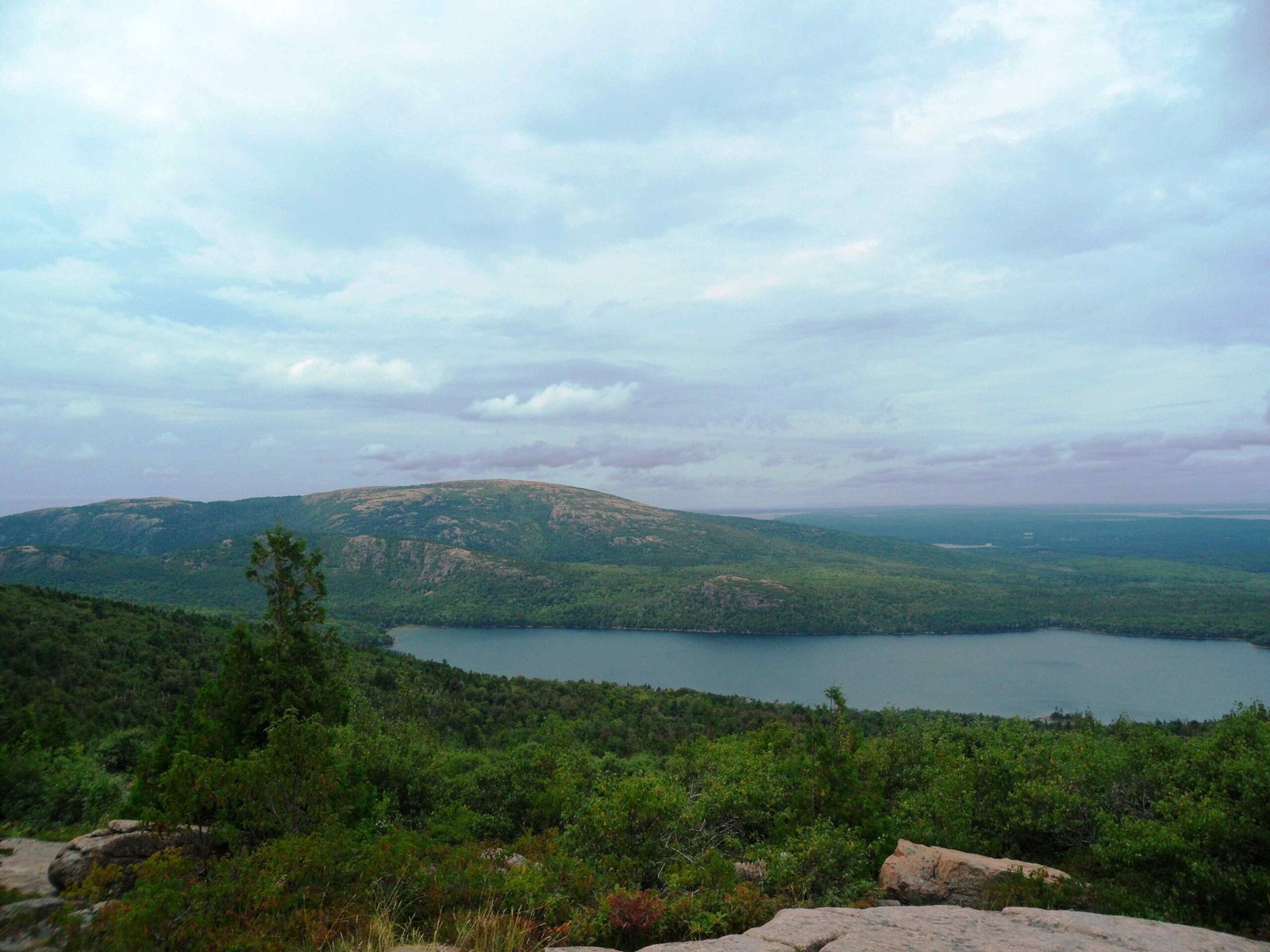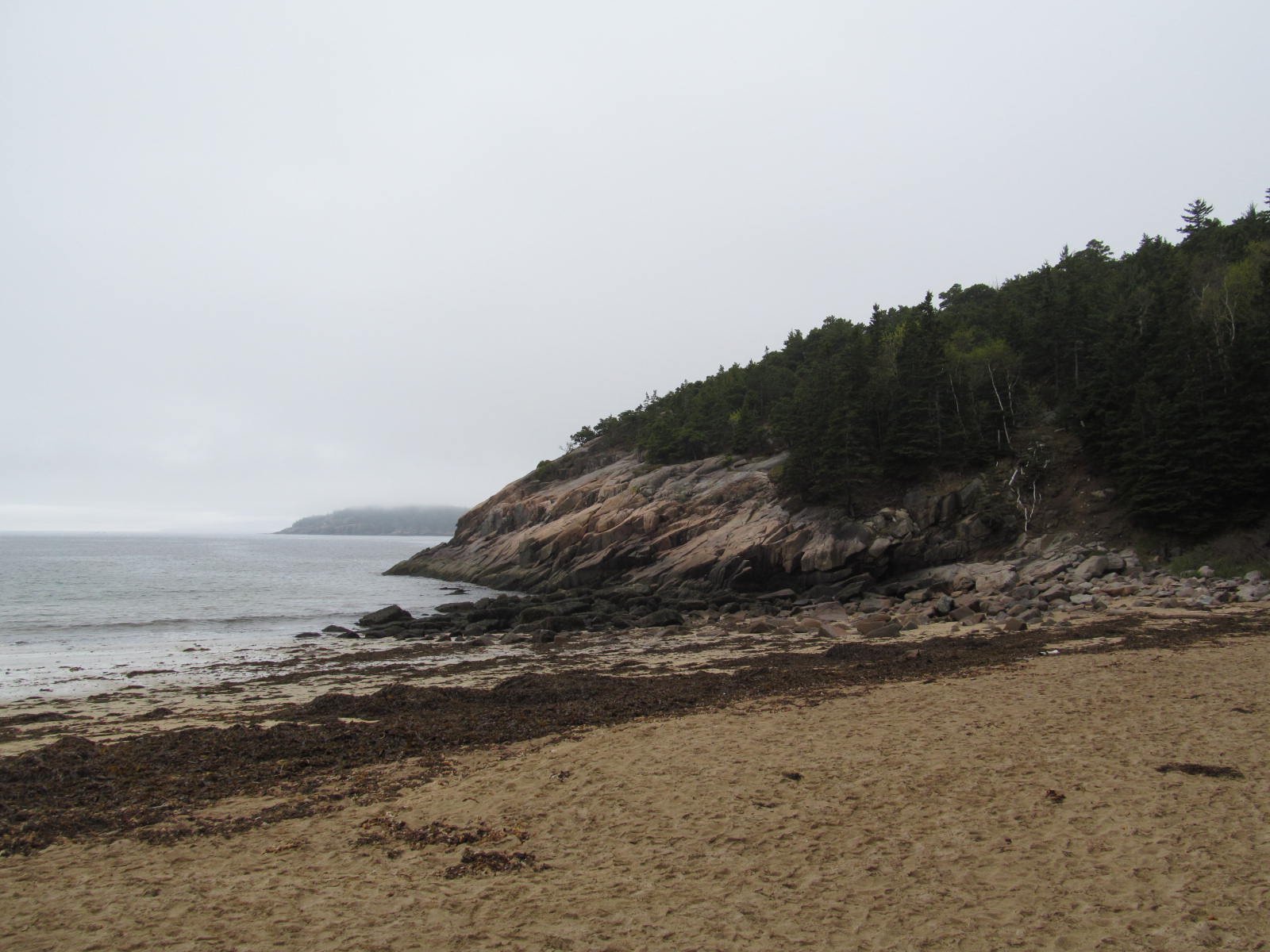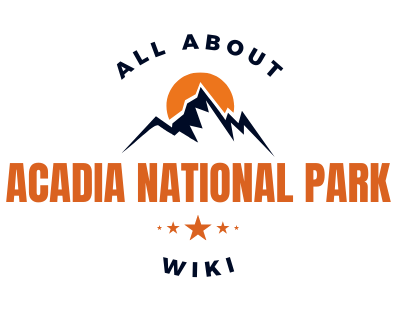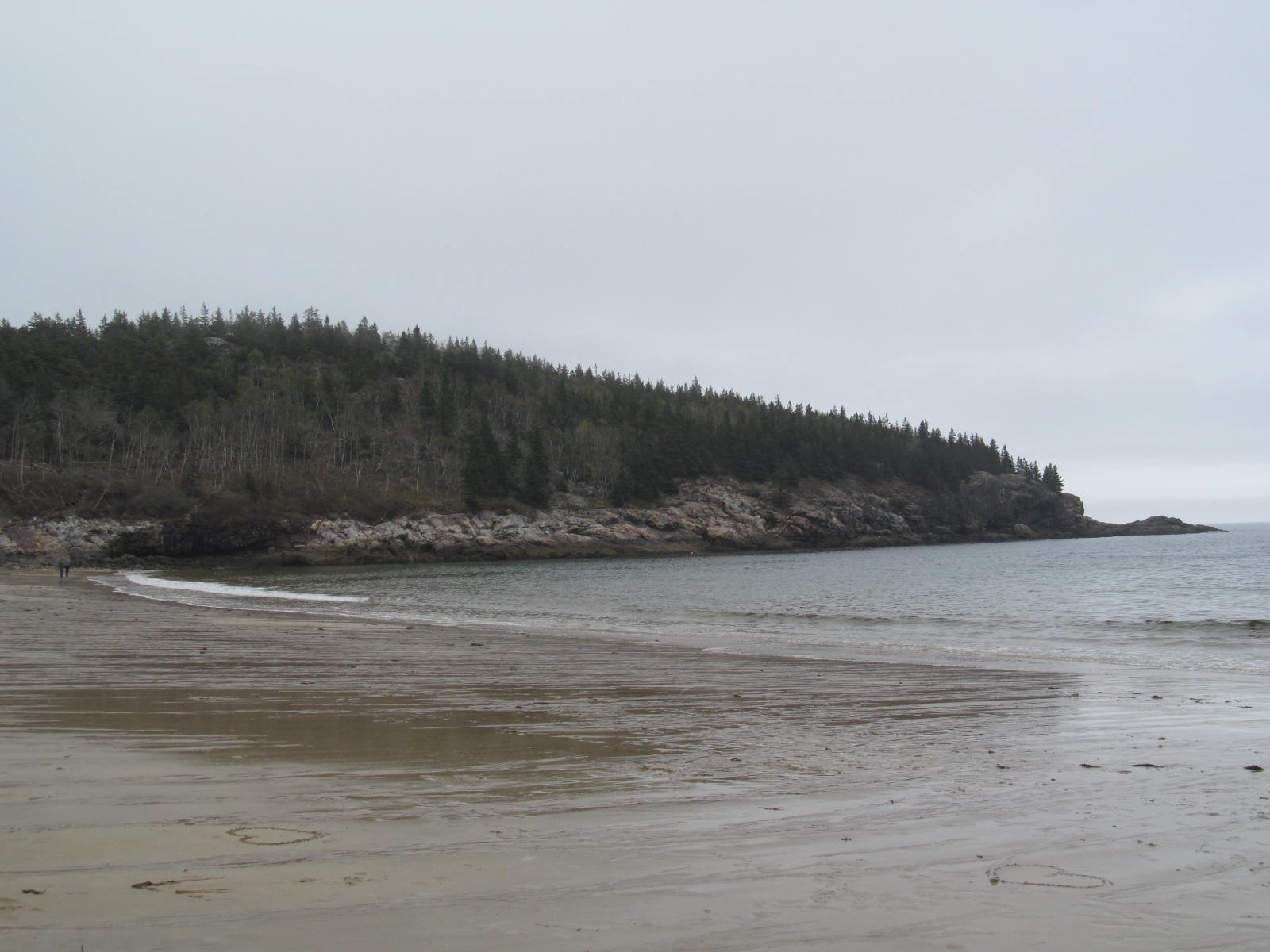Acadia National Park, renowned for its stunning coastal landscapes and diverse ecosystems, offers visitors the opportunity to experience the magic of bonfires in designated areas. The park’s bonfire areas provide a unique way to connect with nature, enjoy the starry night sky, and create lasting memories. This guide explores the regulations, locations, and safety measures for bonfires in Acadia National Park, ensuring visitors can responsibly enjoy this timeless outdoor tradition.
Where Are the Designated Bonfire Areas in Acadia National Park?

Acadia National Park has specific areas where bonfires are permitted, primarily within established campgrounds. The two main campgrounds that allow bonfires are:
- Blackwoods Campground
- Location: Southeast of Bar Harbor
- Amenities: Fire rings at each campsite, picnic tables, restroom facilities
-
Accessibility: Relatively accessible, though some areas may be challenging for wheelchairs due to natural terrain
-
Seawall Campground
- Location: Southwest of Southwest Harbor
- Amenities: Fire rings, picnic tables, restroom facilities
- Accessibility: Varies by site, some areas more accessible than others
It’s important to note that bonfires are only allowed within the designated fire rings at these campgrounds. Open fires outside of these areas are strictly prohibited to protect the park’s natural resources and ensure visitor safety.
What Are the Bonfire Regulations in Acadia National Park?

Understanding and adhering to the park’s bonfire regulations is crucial for a safe and enjoyable experience. Here are the key rules to follow:
- Fire Location: Fires must be contained within designated fire rings only.
- Fire Size: Keep fires small and manageable. Oversized fires can damage the fire rings and pose safety risks.
- Firewood: Use only locally sourced or certified pest-free firewood to prevent the spread of invasive species.
- Attendance: Never leave a fire unattended.
- Extinguishing: Fully extinguish fires before leaving the area or going to sleep.
- Seasonal Restrictions: Be aware of potential fire bans during dry seasons or high-risk periods.
How Can I Ensure Bonfire Safety in Acadia National Park?
Safety should be your top priority when enjoying a bonfire in Acadia National Park. Follow these guidelines to ensure a safe experience:
- Fire Extinguishing Method: Use the “drown, stir, and repeat” technique:
- Drown the fire with water
- Stir the ashes to ensure everything is extinguished
-
Repeat the process until the fire is completely out
-
Wildlife Considerations:
- Keep food and trash secure to avoid attracting animals
- Be aware of local wildlife, especially at night
-
Never feed wildlife or leave food unattended
-
Weather Awareness:
- Check weather conditions before starting a fire
-
Avoid building fires on windy days to prevent sparks from spreading
-
Emergency Preparedness:
- Keep a bucket of water or sand nearby
- Have a shovel on hand for emergency extinguishing
- Know the location of the nearest emergency phone or ranger station
What Should I Bring for a Bonfire in Acadia National Park?
To ensure a comfortable and safe bonfire experience, consider bringing the following items:
- Locally sourced or certified firewood
- Matches or a lighter
- Kindling (small twigs and dry leaves)
- Roasting sticks for marshmallows or hot dogs
- Comfortable seating (camp chairs or blankets)
- Warm clothing (temperatures can drop at night)
- Flashlights or headlamps
- First aid kit
- Insect repellent
- Water for drinking and fire extinguishing
Are There Any Special Considerations for Bonfires During Different Seasons?
Seasonal changes can affect bonfire regulations and experiences in Acadia National Park:
| Season | Considerations |
|---|---|
| Spring | – Potential for wet conditions, bring extra kindling – Check for any fire restrictions due to spring dry spells |
| Summer | – Peak season, expect more crowded campgrounds – Higher chance of fire bans during dry periods |
| Fall | – Cooler temperatures, bring extra warm clothing – Earlier sunsets, plan accordingly for nighttime activities |
| Winter | – Limited campground availability – Challenging weather conditions, extra preparation needed |
Always check with park rangers or the official Acadia National Park website for current seasonal regulations and advisories before planning your bonfire.
How Can I Minimize My Environmental Impact While Enjoying a Bonfire?
Responsible bonfire practices help preserve Acadia National Park’s natural beauty for future generations. Follow these eco-friendly tips:
- Use only the amount of firewood necessary
- Avoid burning trash or non-wood items
- Collect only dead and downed wood if permitted (check current regulations)
- Pack out all trash and leftover food
- Respect quiet hours to minimize disturbance to wildlife and other campers
- Stay on designated trails and camping areas to protect vegetation
What Are Some Alternative Activities to Bonfires in Acadia National Park?
If bonfires are restricted or you’re looking for additional evening activities, consider these alternatives:
- Stargazing: Acadia is known for its dark skies, perfect for astronomy enthusiasts
- Night hikes: Join ranger-led programs or explore designated trails (with proper equipment)
- Sunset watching: Find a scenic spot to enjoy Acadia’s famous sunsets
- Evening picnics: Enjoy a meal outdoors without a fire
- Wildlife watching: Look for nocturnal animals (from a safe distance)
- Photography: Capture the beauty of Acadia at night
Remember to always prioritize safety and follow park regulations when engaging in any activity within Acadia National Park.
By following these guidelines and regulations, visitors can safely enjoy the unique experience of a bonfire in Acadia National Park while preserving its natural beauty for future generations.
References:
1. Directions & Transportation – Acadia National Park
2. Acadia National Park – Wikipedia
3. Contact Us – Acadia National Park

